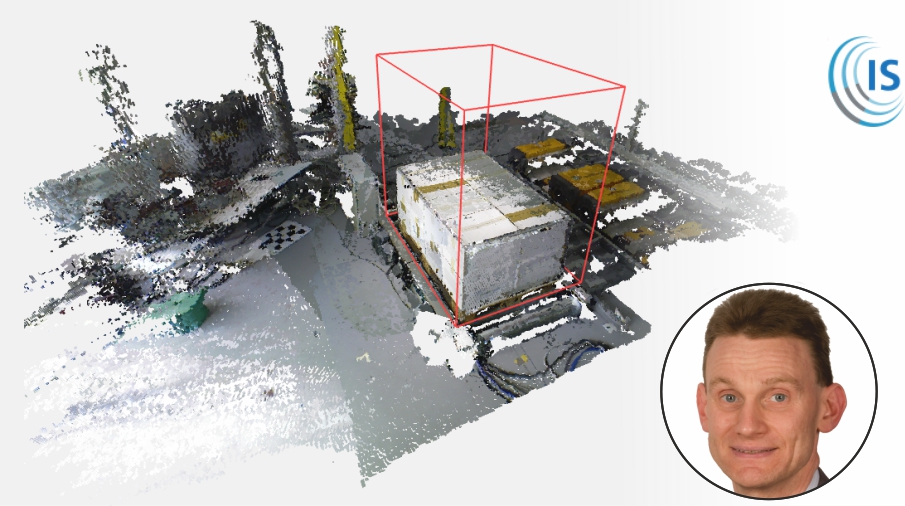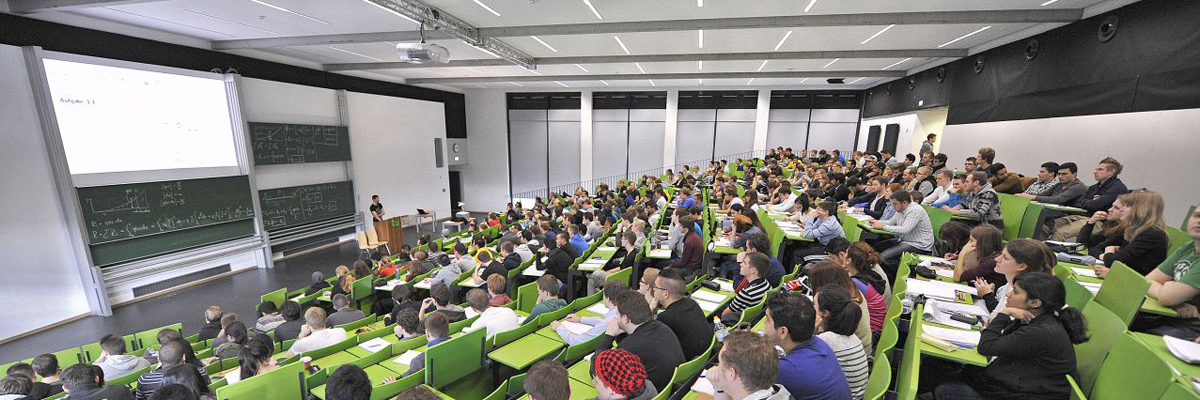Research groups
Computer Graphics and Geometry Processing
In Computer Graphics, the group is working on real-time visualization of complex scenes and models, for instance for interactive Virtual Reality applications. In Geometry Processing, the research focus is on 3D-scanning, mesh optimization, shape deformation, and physics-based dynamic simulation. Our research is interdisciplinary and combines concepts from computer graphics, computer science, applied mathematics, and computational physics.
Intelligent Sensing in Computer Graphics
The Intelligent Sensing in Computer Graphics Group performs innovative applied research in processing, analysis and visualization of 2D and 3D sensor data. Focussing on sensor technologies and data, the group tackles applications in the fields of computer vision, pattern matching, scientific visualization, simulation, optimization and human-machine interaction. On an abstract level, the topics often converge in the area of interactions between sensors, actuators and humans in cooperative environments.
Chair of Computer Graphics
The Chair of Computer Graphics (Computer Science VII) emerged from the Chair of Graphical Systems in 2019. It deals with methods and applications that emerge from the virtual and computer-aided design of the real world, and their perception and influence by computers. The main focus lies on geometrical and visual aspects. The underlying basic methods are derived from mathematical modeling and optimization as well as algorithm and software design. Both discrete and continuous approaches are covered.
The spectrum of methods includes computer graphics, geometry processing, computer vision, machine learning, pattern recognition and visualization. Among other things, the following issues are investigated: network optimization, shape deformation and physics-based dynamic simulation; human-machine interaction, e.g. in the context of virtual/augmented reality, as well as the interaction of sensors, actuators and humans; real-time visualization of complex scenes and models; and intelligent sensor technology for real-time image and signal processing.
This spectrum of these methods also represents the basics of research and teaching at the Chair of Computer Graphics.







